
Super Robot Wars Y improves a lot of SRW 30's narrative shortcomings and its story is its strongest aspect
It’s hard to believe that the lead-up to Super Robot Wars Y has been the longest dry spell for a new SRW release since the series’ debut in 1991. There were rarely any long time gaps till a new SRW title was launched, and multiple SRW titles within a year were fairly commonplace before home consoles entered the HD era. Even then, 2016-2019 were greeted with SRW OG: The Moon Dwellers, SRW V, SRW X, and SRW T annually - and these all received official English releases, but were only officially sold to Southeast Asian markets. Physically or digitally importing them was a trivial process if you already had the know-how, but that’s understandably enough of a barrier for the many people who aren’t familiar with it.
The launch of SRW 30 in 2021 marked a turning point in this now 34-year-old franchise. It was the first entry to receive a worldwide simultaneous release, though the caveat was that SRW 30 was only officially available in the west on PC via Steam. SRW 30 did also come out on PS4 and Switch, but only in Japan and Asia; if you wanted to play the console version of SRW 30, you had to resort to physically or digitally importing the game much like the prior entries throughout 2016-2019. Now, SRW Y is available worldwide both on consoles and PC without any compromises.
After SRW 30 launched, it received two sets of DLC that added several more missions and even more series to its already stacked roster. An Expansion Pass for SRW 30 came out in April 2022 - nearly six months after its release. Depending on if you count the SRW 30 Expansion Pass as a mainline title, there hasn’t been a new SRW game at all for roughly 3-4 years now.
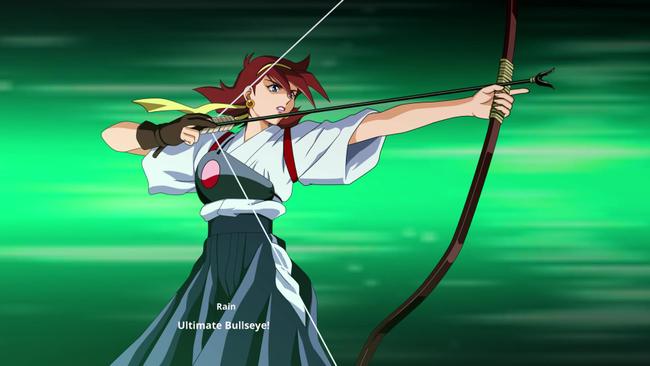
We recently learned that part of the reason why it’s taken so long for SRW Y to release is because the development team switched over to the Unity engine. Although they swapped over to Unity for the SRW DD mobile game in 2019, the SRW console games have been running on the ancient engine utilized by the SRW Alpha games ever since the year 2000; yes, even SRW 30 was using that as well. Factor that whole engine switch, along with the ongoing challenges of developing games in the modern era these days… it’s not surprising that the SRW series has struggled to maintain its cadence of yearly releases.
When SRW Y fully unveiled its participating series list, I’ll admit that my initial impression of SRW Y was a bit deflated. For lack of a more elegant term, it seemed “safe” and “unsurprising” with the vast majority of the series making a return from SRW V, X, T, and 30. The “veteran” series making its grand return was Reideen the Brave, which was last seen on a home console SRW entry in 2005’s Super Robot Wars Alpha 3. Other than that, the new series coming to SRW Y were Mobile Suit Gundam: The Witch from Mercury (specifically Season 1 only), Macross Delta (specifically the first film that retold the events of the TV series only), Getter Robo Arc, SSSS.Dynazenon, and Godzilla Singular Point. I wasn’t thrilled at first.
To cut a long story shot, I am about 40 hours into SRW Y now… and I am having a blast. It is a smart evolution that refines the structural formula that SRW 30 utilized. SRW Y capitalizes on vastly improving one of SRW 30’s biggest weaknesses - its narrative. While I had a fun time with the massive amount of hours I poured into SRW 30, playing it felt exhausting at times because the crossover story felt undercooked. Many of its participating series felt oddly isolated from one another; there were the occasional fun bits of some characters having a pre-established link, but it felt like it didn’t do much with its world setting.
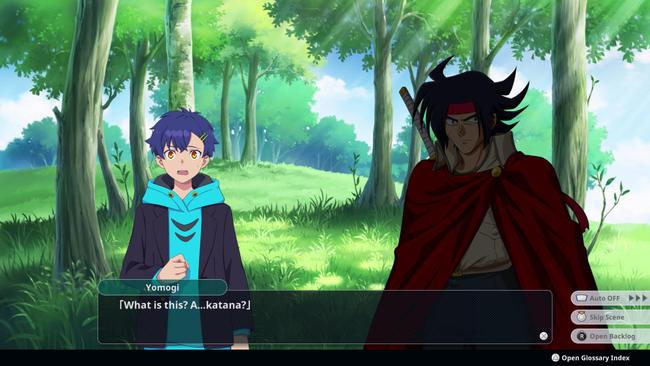
Even some of its debut series, such as Knight’s & Magic and King of Kings: Gaogaigar vs. Betterman, had problems with striking a decent balance of their representation. The former had nearly non-existent plot beats, while the latter feverishly rushed through its story. SRW 30’s narrative was obviously all over the place, even more so if you were familiar with the IPs involved. Part of SRW’s charm for me is not only the concept of having different mecha IPs have an “officially facilitated” crossover, but how the casts of every series involved get a chance to interact with one another to fulfill various “what-if these characters met” theories and scenarios.
SRW Y hooked me right away, because it establishes both the state of the world, and how the main original characters designed for SRW Y fit into it. Right as you start the game, the Zero Requiem from the finale of Code Geass R2 takes place; the death of Emperor Lelouch by Suzaku, who has taken on the mantle of Zero, has sent ripples all across humanity, whether they reside on Earth or in outer space. Lelouch purposefully became the target of humanity’s hatred by committing atrocities, and hoped that his death would bring about peace. Several recognizable characters from Char’s Counterattack, Gundam Wing: Endless Waltz, and Combattler V are already commenting on what kind of ripples Lelouch’s death will cause.
A year passes after the Zero Requiem, and a young wealthy girl named Echika is celebrating her 14th birthday. By the wishes of her late father, she gains access to some key inheritances during this day; Echika is now the official leader of the city-state A. Advent, and she’ll have a new personal bodyguard - either the male protagonist Cross or female protagonist Forte from the NINJA organization. Yes, it’s abbreviated as NINJA because it stands for New Infinity Neuron Japanese Assassin; I’m not joking. Echika also finds out that the A. Advent is a mobile city-state. The entire domed city-state can just fly off the ground, and this is one of the “inheritances” she’s received.
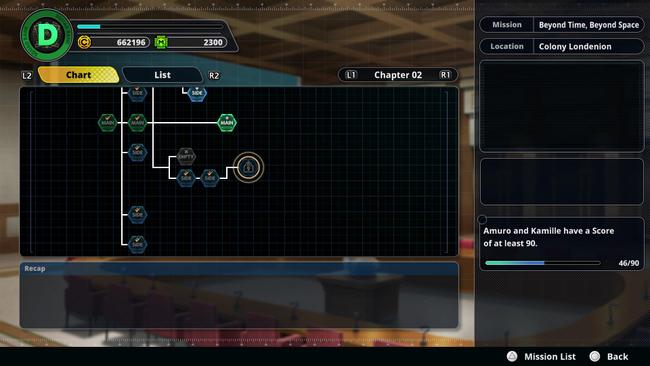
Chapter 1 of SRW Y was covered by its public demo that was released several weeks ago. People got a very small taste of its branching narrative like SRW 30, as it gave people the choice to pursue either the intro stages of Dynazenon or Getter Robo Arc; both will still eventually join you before the chapter ends, but the story events and interactions do change up depending who you choose to get first.
SRW Y really begins to open up in Chapter 2, and it is relatively much longer than Chapter 1 with a more expansive offering of missions. While main missions are the only ones required to advance the story, the optional side missions are recommended if you want to expand your roster, and see more character interactions. Plus, recruiting these additional characters and units will have them participate in future scenes - much like how SRW 30 was able to seamlessly weave in characters that were obtained on optional stages. The new flowchart in SRW Y helps visualize how the branching paths lead to new stages, and some of them have prerequisites to unlock them like the previous entry in the series.
While I won’t get into specifics of who shows up on which stage, I’d like to provide some great character chemistry that this game already establishes early on.
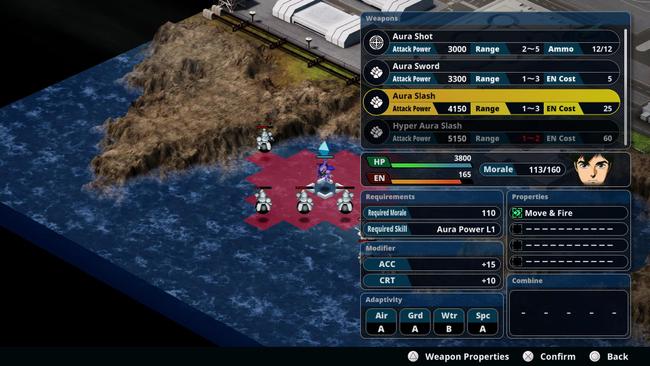
The entire G Gundam and Gundam SEED Destiny plotlines has already finished when SRW Y begins. Domon and Rain still travel the world to help out people, while Shinn and Athrun are with ORB and Kira’s whereabouts are currently unknown. The finale of G Gundam was broadcasted, and Domon is famous for his confession of love for Rain to save her from the Dark Gundam’s clutches along with his reputation as a talented former Gundam Fighter, so he does get teased a lot especially from the cast of Dynazenon upon his introduction.
Although he’s met with usual reverence from many other games’ casts, Shinn sees Domon as bit of a pain in the ass because he is a bit of his mentor in training him physically and mentally, so he dreads Domon’s training drills when he reunites with him. There’s a funny exchange early on with Domon trying to reinvigorate Shinn’s spirit by beginning “The School of the Undefeated of the East!” chant, and Shinn struggling to remember it on the spot with a “The winds of the… something?” retort. There are a lot of small details in the character interactions in SRW Y; while you don’t need to go and watch every single series to do “homework” for this game, there will be some good subtle moments for those who’ve watched a good chunk of these series already.
Another fun early interaction is when the heroes of Heavy Metal L-Gaim and Aura Battler Dunbine, through Daba and Show respectively, are first introduced. Both these series have their protagonists assisted by a fairy companion of their own - Chum in Dunbine and Lilis in L-Gaim. In SRW Y, each of these fairies are swapped with the other protagonist briefly, so you get to some fun confused banter as Daba and Show are thrown off that their trusty fairy companions are not with them.
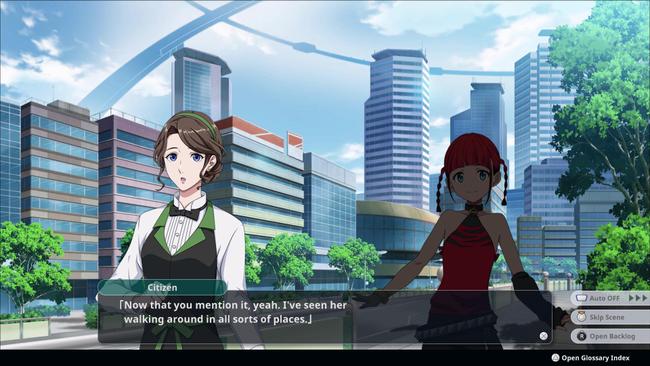
I also think one of the biggest contributing factors that makes SRW Y’s journey a more elegant ride narratively than SRW 30 is seeing how Echika grows as a leader for the A. Advent. There are several unique art portraits to depict the different citizens of A. Advent, and there’s dedicated scenes gauging their public opinion and the state of things as the plot evolves throughout SRW Y. Echika sometimes loses confidence, since her young age shows a lack of experience, and sometimes her responsibilities make it difficult to communicate with people around her same age group. She’s a wonderful character that isn’t hardened by the cruel realities of past wars and conflicts. Her naivety and innocence feels authentic and organic, which leads into another aspect that I love about SRW Y.
Despite its name and the constant amount of battles you’re roped into, SRW Y is ultimately an anti-war story. The purpose of the A. Advent isn’t to dive headfirst into battle-after-battle; Echika establishes that the reason A. Advent is going around the world is to provide energy to nations, organizations, and territories that need power. A. Advent’s core has the unique ability to create ostensibly limitless energy, while many other places around the world outside of it are in an energy crisis. Eventually, there are plot developments that call into question Echika’s abilities as a leader and a public election is held. There’s a thorough amount of care put into SRW Y’s core original storyline that the participating series supplement, and the deeply interconnected nature of their histories help make the world feel grounded.
This also extends into the main protagonist. In my case, I chose Forte and she has a ton of great exchanges with the rest of the cast. While she plays the cutesy and adorable archetype, her status as a member of NINJA means that she’s already had history with the casts of Endless Waltz, G Gundam, and Code Geass because her organization has previously helped resolve the conflicts those series went through previously. While Forte serves as Echika’s bodyguard first and foremost, this doesn’t stop her from just being a normal, sociable girl that likes to hang out with people.
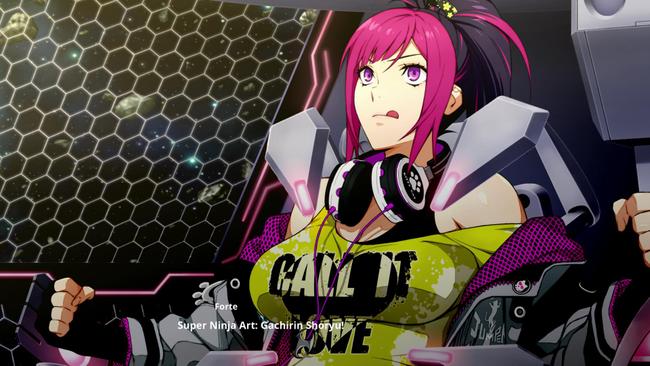
In order to enhance the impact of some key story moments, there are entirely new drawn CG artwork illustrations for specific scenes. These often include significant developments as the events of certain series play out, such as a CG illustration depicting a flashback of Daba and the sister he’s been searching for. Unfortunately, none of these CGs have crossover series interacting with one another on the same illustration piece primarily due to copyright seasons I suppose. It’s understandable, though it continues to be an obvious hole in the story presentation.
I can go on and on about what I like about SRW Y’s narrative so far, but I genuinely don’t want to spoil it for people - which is a bit of a rare thing to say as far as SRW stories go. As of the time of writing, I’m still making my way through Chapter 3 and the in-game timer is just about to hit 40 hours. The progress percentage on my PS5 says I’m 28% of the way in and it seems to update when a new chapter is reached so… this game might take awhile to fully finish.
Although I am really digging SRW Y’s story developments, I must admit that SRW Y feels like an early indicator of where this franchise is going to start heading from here on out, as far as its visuals are concerned. Many of the new models created for this game, such as Getter Arc, Jet Jaguar, and Dynazenon have moved away from the traditional elaborate 2D sprites that older SRW entries had, and have now started to shift into a more 3DCG look to them, or some sort of shader that makes them look 3D to emulate their CG model visuals from their respective shows.
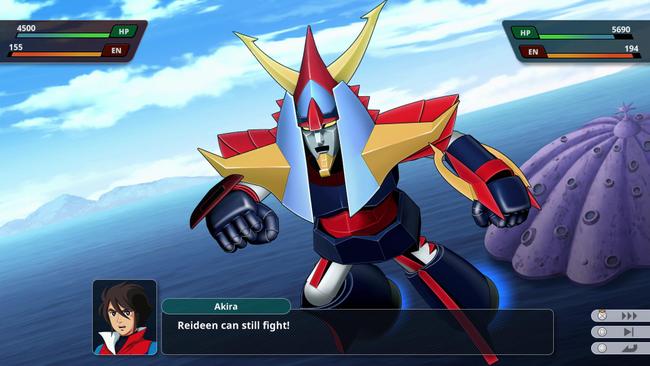
While the details on their models are still alright, their animations are incredibly stiff for many of their attacks. There’s just something about how the way they move that looks a bit off and disorienting at times; I imagine it is done deliberately to emulate how their CG models moved in their shows which feels like being “too faithful” is a detrimental aspect in this case. The new models for Reideen and Wing Gundam Zero (Endless Waltz) have also adapted this 3D-esque visual direction, and I just don’t think it looks good compared to the traditional sprites that were allowed to animate more smoothly in the PS2 era. I personally think the Majestic Prince models from SRW 30, and now in SRW Y, actually strike a nice balance between 2D sprites and 3D model zoom-ins to match how they looked like in their show, especially because the animation for their attacks can still move around without a sense of rigidness in their motions.
The developers do find ways to mix in different art styles into some of the choreography of the more elaborate attacks. During Dynazeon’s attack when it transforms into Dynarex, the model does get some stunning visual frames and close-ups that don’t adhere to the strict 3D visual direction of the Dynazenon base form’s model. This can also be seen throughout Wing Zero’s Twin Buster Rifle attack where some parts of its combat animation changes the art style of the model itself to manipulate the perspective of how these attacks were depicted in the Endless Waltz film.
If this visual direction is easier to develop in the modern climate, I can understand this pivot towards this new era, but it’ll take some time for me to accept it. I’m reminded of when the developers at SNK had to make the switch from 2D to 3D in King of Fighters XIII to King of Fighters XIV. It’s not hard to see how SRW DD may have influenced this visual direction and choreography shift, and it hurts me a bit because I am still absolutely in love with how SRW animated its sprites in earlier console and handheld generations.
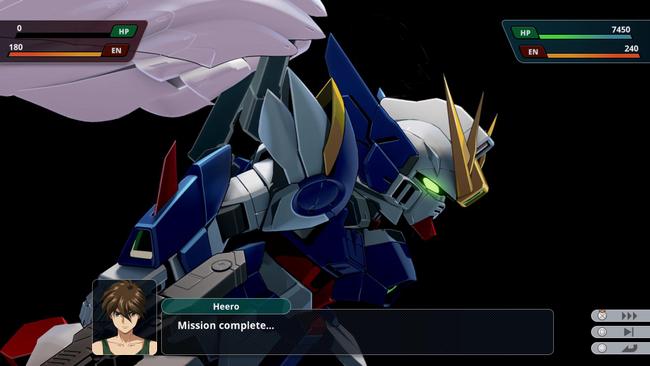
There are a few other things I’d like to share before concluding this initial thoughts and impressions piece for SRW Y. The participating series for SRW Y does benefit from having a plethora of options when it comes to swapping different characters and units around within the same series. For instance, the Zeta Gundam and Char’s Counterattack casts have a pretty healthy selection as Amuro, Kamille, Emma, Fa, Gyunei, and Quess can freely all swap between piloting the Nu Gundam, Mass-Produced Nu Gundam, Zeta Gundam, Full Armor Hyaku Shiki Kai, Jagd Doga units, Methuss, and Gundam Mk-II. Meanwhile, the L-Gaim, Dunbine, and Endless Waltz rosters can switch between their respective series’ characters and mech lineups too.
I’ve been playing on Hard mode and the difficulty still leans on the easier side, so it’s in line with modern SRW entries. Expert mode in SRW Y made provide for a more interesting experience for veterans looking to challenge themselves, since there are a few limitations in place such as not being able to use other allies’ Spirits buffs when a character is targeted for an incoming attack.
The Assist system in SRW Y does strike a satisfying balance of giving you useful effects from non-combatant side characters without entirely swinging the momentum in your favor every turn. Using Assists consumes multiple bars of the Assist bar, and that only fills up through enemy kills at first. Overtime, there are other avenues to get Assist charges faster though. Consuming an Assist gets them more experience, and leveling them up gives them a new passive to enhance your team while their final Rank 4 level gives them a new artwork pose and better effects.
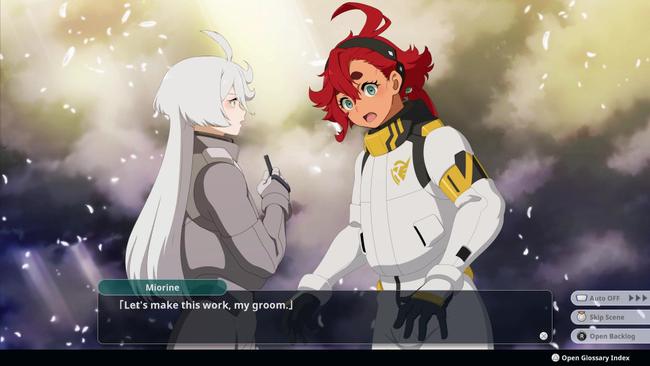
Like in other past entries, there is also a persistent skill tree system that ties into your home base or battleship’s core systems. In SRW Y, the A. Advent has a STG Memory system that deliberately branches out three ways and consumes another currency aside from the Credits money you earn to upgrade your mechs. The trees are separated in a way that influences offensive capabilities, buff management, and resource accumulation; obviously, investing heavily in one tree means forsaking other ones.
STG Memory does encourage players to spend all their resources for it though, since re-specs are entirely free and it will refund you 100% of the resources you’ve spent on any nodes you want to refund and as many times as you want. Unlocking more of the STG Memory system is tied to your Grade. As far as I can tell, the most significant way to increase the Grade bar to advance to the next Grade is through consuming Credits to enhance mechs.
I’m really enjoying my time with Super Robot Wars Y so far. The casts for a lot of the newer shows making their debut in this game, such as Witch from Mercury, Getter Robo Arc, and Dynazenon give a lot of life into the character interactions. It feels like a SRW entry for a newer generation, and that’s not necessarily a bad thing. There is a lot of heart in its story, and it has become one of the primary aspects that’s compelling me to get further into the game. I’ve played my fair share of SRW titles; not a lot of their stories have made me smile as much as the one in SRW Y.